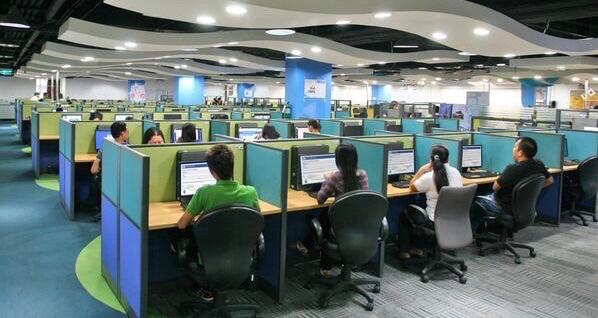
How has COVID-19 impacted call centers in the Philippines? Let us count the ways—or rather, the trends that these companies can expect to affect them in the next 12 months as the world continues to grapple with this unprecedented pandemic.
These trends aren't new; they have been steadily adopted by industries for the past couple of years or so. With the onset of COVID-19, however, companies—especially call centers in the Philippines—have picked up the pace in riding on these workplace trends, as they also facilitate unhampered operations despite the global health crisis.
According to Ralf Ellspermann, CEO of PITON-Global, an award-winning call center in the Philippines, the world's leading BPO destination, the possibility of COVID-19 staying for at least a year or two more means these trends will also continue to grow, at least in the next 12 months.
"Even if a vaccine becomes available by early 2021, it will most likely take another year, until we start seeing a steady decline in the spread of COVID-19, when enough people have been vaccinated," explains Ellspermann. "Until then, these three trends are likely to continue."
The first, Ellspermann says, is re-shoring. Companies are changing their outsourcing strategy from offshore to onshore. Naturally, companies that have been outsourcing to call centers in the Philippines now find it more practical to move those jobs back to the US, mainly because this gives them better control over their operations, especially with quarantine measures still in flux.
"Even with an FDA-approved vaccine now available, we will very likely see more call center work being re-shored, especially by multinational organizations that often have several hundreds of outsourced agents in the Philippines. This gives them better control in case of another government-mandated city- or country-wide lockdown," Ellspermann adds.
The second trend is one that has become common not just among call centers in the Philippines, but almost all industries: the work-from-home arrangement. This kind of setup has allowed call centers to safeguard their employees' health while ensuring business continuity and client satisfaction. Ellspermann points out that work-from-home isn't an ideal long-term arrangement because of factors such as data security and unreliable internet connections in many parts of the Philippines. Rather, it's a temporary solution that's expected to last until next year, given the situation.
"Hardly any call centers in the Philippines were doing work-from-home before COVID-19. Even though it is not ideal, we will probably continue to see a certain percentage of this work being done from home throughout 2021. The risk of an asymptomatic agent infecting other employees in a call center environment is just too high," he says.
Finally, the third trend revolves around technology—specifically, Artificial Intelligence (AI). "We have seen an increased use of machine learning in call centers in the Philippines. That trend is most likely going to continue in 2021. There's no doubt that in three to five years from now, all simple and highly repetitive tasks will be handled by AI," Ellspermann says.
He is quick to note, however, that the acceleration of AI adoption does not mean a robot revolution is on its way. Rather, this kind of technology is expected to help call center agents perform better, faster, and smarter, since simple issues can now be resolved by AI (i.e. chatbots, speech pattern recognition, and conversational interactive voice response).
While industries still face uncertainty because of the pandemic, these three trends in the call center sector, says Ellspermann, at least paint a picture of the year to come for such companies in the Philippines.
"COVID-19 has had a profound impact on the call centers in the Philippines," he says. "These trends had already begun in March 2020; expect them to last for at least another 12 months."








